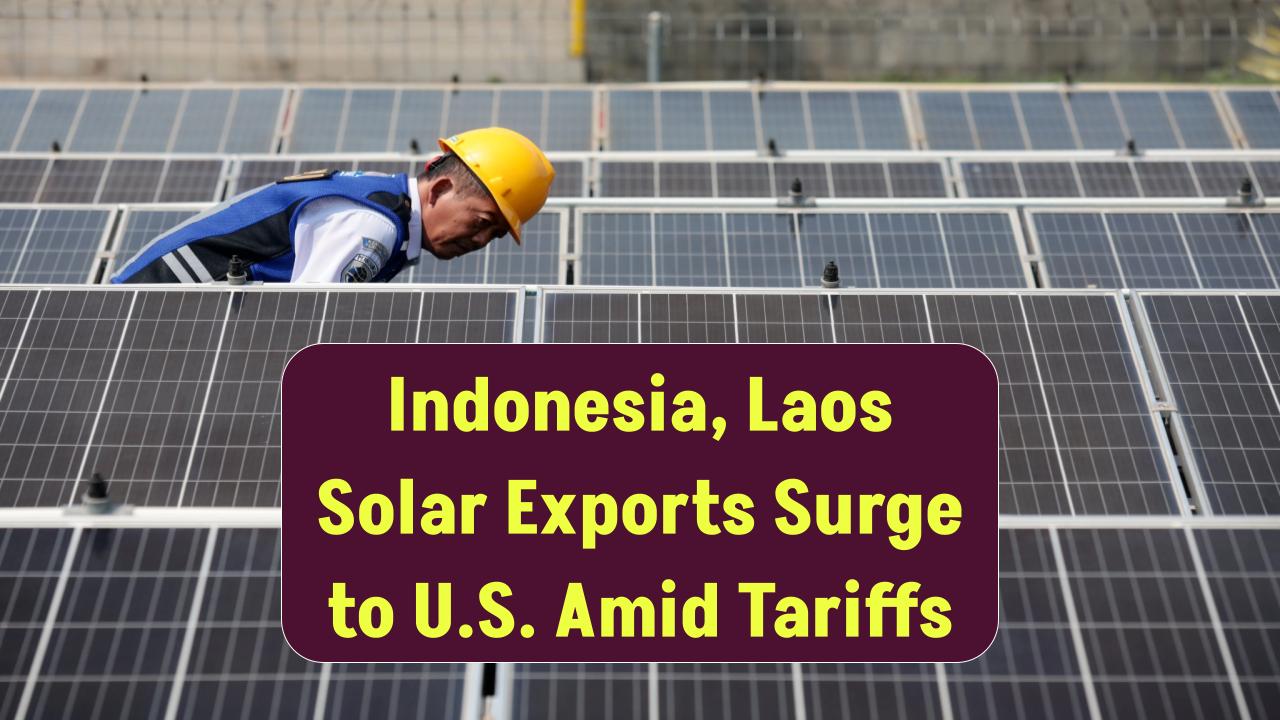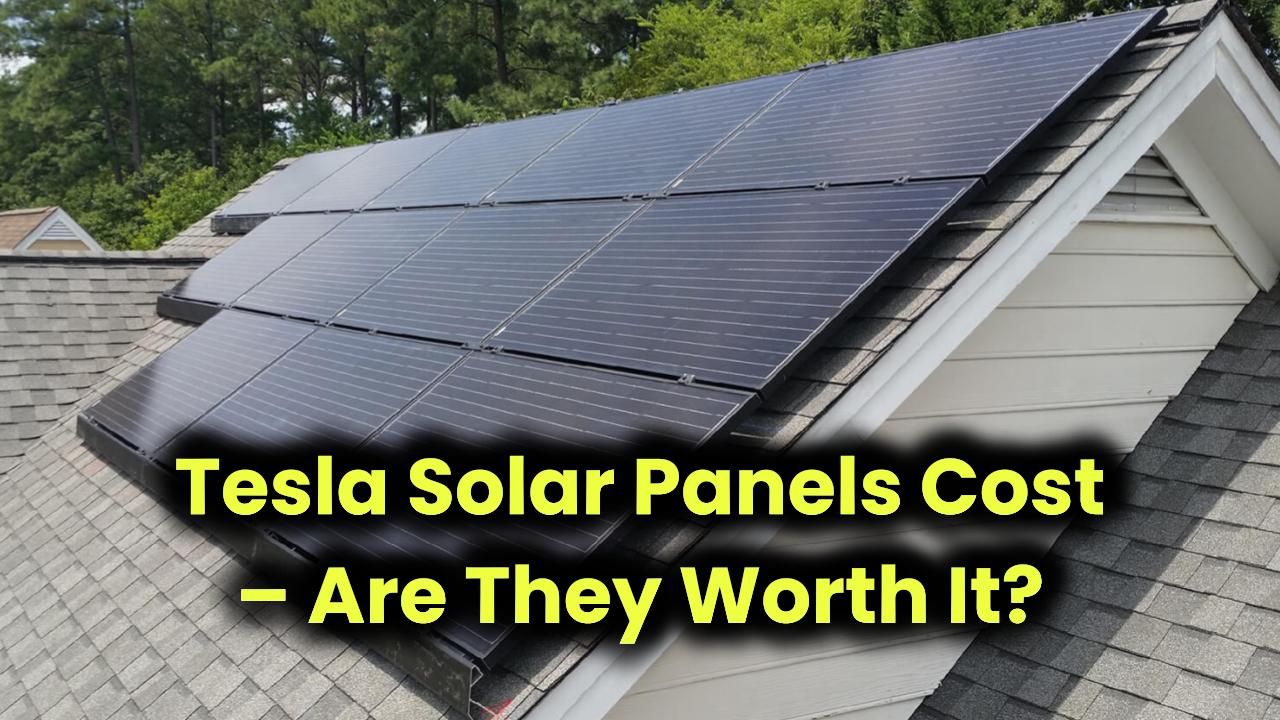
The best US solar ETFs to invest in 2025 are catching heat as the world shifts from fossil fuels to cleaner, greener energy sources. Solar isn’t just about saving the planet anymore—it’s about smart, long-term investing. With climate goals tightening and renewable incentives ramping up in the U.S., solar ETFs are shining bright in the portfolios of savvy investors.
In this guide, we’ll break down the top-performing U.S. solar ETFs, explain how they work, highlight their pros and cons, and help you pick the right one for your financial goals. Whether you’re a beginner looking for safe exposure or a professional investor targeting high growth in clean energy, we’ve got your back.
Best US Solar ETFs 2025 Key Highlights
| ETF Name | Ticker | Focus Area | Expense Ratio | Top Holdings | AUM (USD) |
|---|---|---|---|---|---|
| Invesco Solar ETF | TAN | Pure-play solar | 0.71% | Enphase, First Solar | $3–4B |
| iShares Global Clean Energy ETF | ICLN | Broader clean energy | 0.41% | First Solar, Ørsted | $5–6B |
| Invesco WilderHill Clean Energy ETF | PBW | Clean tech & EV | 0.70% | Tesla, Plug Power | $300M |
| First Trust Nasdaq Clean Edge Green Energy Index Fund | QCLN | US & Canada clean energy | 0.60% | Enphase, Tesla | $228M |
| ALPS Clean Energy ETF | ACES | North American renewables | 0.65% | Ormat, Brookfield Renewables | $149M |
Why Solar ETFs Are a Hot Pick in 2025
The Biden Administration’s Inflation Reduction Act (IRA) is a game-changer. With $369 billion earmarked for clean energy initiatives, solar power has become a magnet for subsidies, tax breaks, and investor confidence. U.S. solar capacity is expected to quadruple by 2030, and solar stocks have surged on expectations of this growth.
ETFs—Exchange Traded Funds—bundle multiple stocks into one investment. Solar ETFs let you invest in a whole basket of solar companies with a single trade. That means diversification, lower risk, and exposure to both big names and emerging players in the solar ecosystem.
Top 5 US Solar ETFs to Watch in 2025
1. Invesco Solar ETF (TAN)
TAN is the OG when it comes to solar ETFs. It focuses exclusively on companies involved in the solar energy value chain—from panel manufacturers to installers.
- Top Holdings: Enphase Energy, First Solar, SolarEdge Technologies
- Why It’s Hot: Pure solar exposure with international diversification (U.S., China, and Europe)
- Expense Ratio: 0.71%
This ETF can be volatile, but if you’re bullish on solar and want maximum upside, TAN is your sunshine ride.
2. iShares Global Clean Energy ETF (ICLN)
If you want diversification beyond solar, ICLN is your guy. It invests in a mix of solar, wind, hydro, and other clean energy sources.
- Top Holdings: Ørsted, First Solar, Vestas Wind Systems
- Expense Ratio: 0.41%
- AUM: Over $5 billion
ICLN is perfect for investors seeking global exposure and more balanced risk, while still tapping into solar growth.
3. Invesco WilderHill Clean Energy ETF (PBW)
Looking for a tech-meets-energy play? PBW includes not only solar stocks but also electric vehicles (EVs), battery tech, and fuel cell companies.
- Top Holdings: Tesla, Plug Power, Ballard Power Systems
- Expense Ratio: 0.70%
It’s a high-risk, high-reward ETF—perfect for aggressive investors with a long horizon.
4. First Trust Nasdaq Clean Edge Green Energy Index Fund (QCLN)
QCLN offers exposure to U.S.-based clean energy innovators, many of which are top players in the solar space.
- Top Holdings: Enphase, Tesla, Brookfield Renewable
- Expense Ratio: 0.60%
It has solid performance history and a balanced portfolio between solar and EV-related stocks.
5. ALPS Clean Energy ETF (ACES)
Want something that flies under the radar? ACES focuses on North American companies working in solar, wind, geothermal, and energy storage.
- Top Holdings: Ormat Technologies, Brookfield Renewables
- Expense Ratio: 0.65%
It’s less volatile than pure solar ETFs and good for moderate-risk investors.
How to Pick the Right Solar ETF for You
Here’s a quick step-by-step guide to help you choose:
Step 1: Know Your Investment Goal
- Are you chasing growth? Go for TAN or PBW.
- Want stability and income? Try ICLN or ACES.
Step 2: Check the Expense Ratio
Lower expense ratios eat less into your returns. ICLN has the lowest (0.41%), while TAN and PBW are a bit higher (around 0.70%).
Step 3: Diversify Strategically
If you’re already holding tech or EV stocks, diversify with ETFs that focus strictly on solar (like TAN), or broader green plays (like ACES).
Step 4: Use a Reliable Platform
Use trusted platforms like Vanguard, Fidelity, or Charles Schwab to buy your ETFs. You can even automate monthly purchases using a dollar-cost averaging strategy.
Performance Snapshot (Last 1-Year Returns as of May 2025)
| ETF | 1-Year Return |
|---|---|
| TAN | +18.4% |
| ICLN | +11.6% |
| PBW | +22.1% |
| QCLN | +14.9% |
| ACES | +10.2% |
What’s the Catch? Risks to Consider
- Market Volatility: Solar stocks often swing with policy changes and oil prices.
- China Dependency: Many solar companies rely on Chinese suppliers, which poses a geopolitical risk.
- Regulatory Uncertainty: Political shifts can derail clean energy subsidies.
But the long-term trend? Still bullish. The International Energy Agency (IEA) projects solar will be the largest source of electricity globally by 2050.
Is Now a Good Time to Buy Solar ETFs?
Short answer: Yes—if you’re playing the long game.
The solar industry is still in early innings. With AI-powered energy forecasting, smart grids, and battery breakthroughs, solar’s future looks brighter than ever. If you believe in the long-term transition to clean energy, 2025 is the year to make your move.
Analyst Price Targets for Sunrun (RUN) – Is $40 Possible Again?
ever wondered how solar panels are made? discover the fascinating journey from silicon to power
Should You Buy First Solar or Enphase Energy? Side-by-Side Comparison
FAQs
Q1. Are solar ETFs safe for beginners?
Yes. Solar ETFs offer diversification and lower risk than picking individual solar stocks.
Q2. Do solar ETFs pay dividends?
Some do, like ICLN, but they’re usually modest. Most investors are in for growth.
Q3. Can I invest in solar ETFs through retirement accounts like Roth IRA or 401(k)?
Absolutely! Most brokerages let you buy ETFs in IRAs and 401(k)s.
Q4. What’s the minimum investment?
Most ETFs trade under $50 per share, and there’s no minimum if your broker supports fractional shares.
Q5. Are there any tax benefits to investing in green energy ETFs?
There are no direct tax breaks, but long-term holding in a tax-advantaged account helps minimize capital gains tax.








